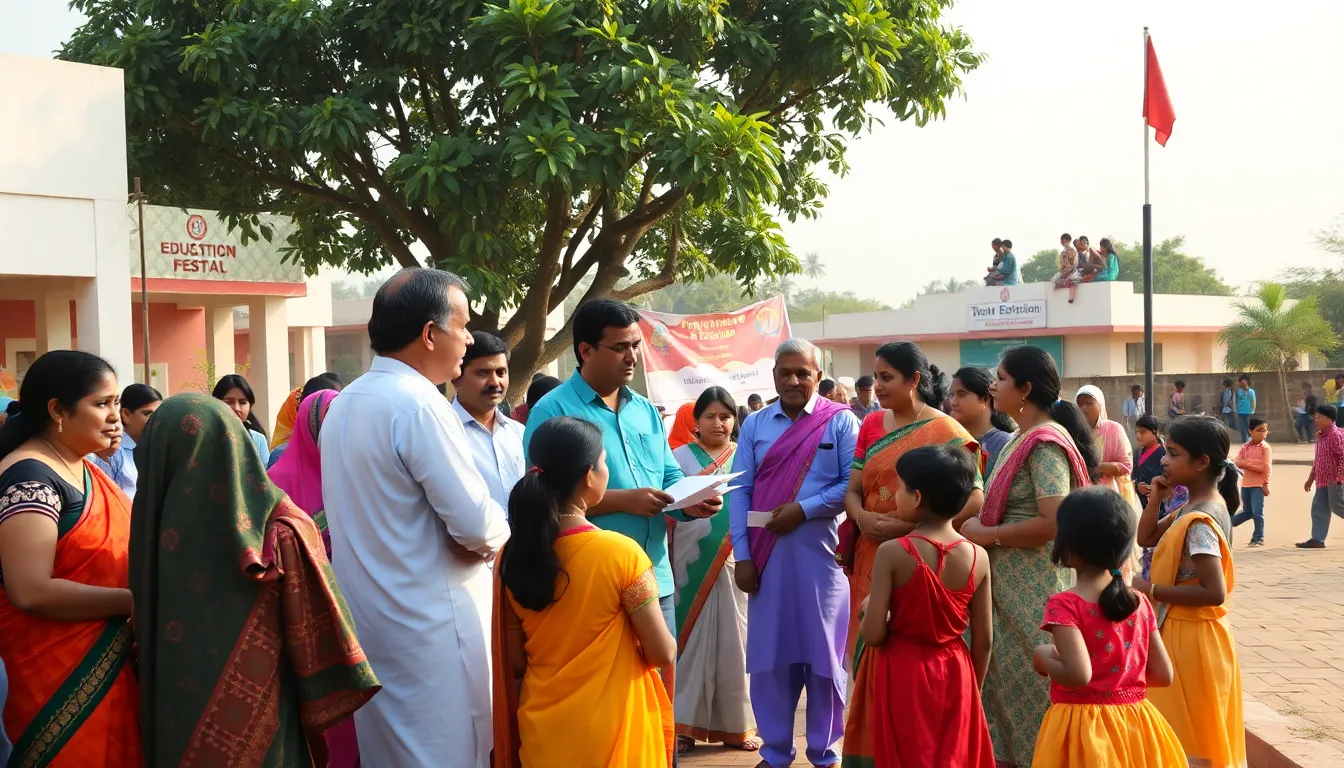Gandhinagar, Gujarat – The government of Gujarat is taking significant steps to prevent school dropouts among primary school students. Using artificial intelligence (AI), the state has implemented an Early Warning System (EWS) to identify students at risk of leaving school. This initiative aims to ensure that every child has access to education.
Recently, the EWS identified around 168,000 students who may be at risk of dropping out. These students will receive special attention to help them continue their education. During the upcoming School Admission Festival in 2025, identified students and their parents will be invited to learn about the importance of education for their children’s development.
The initiative began under the leadership of former Chief Minister Narendra Modi in 2002. The School Admission Festival and the Kanya Kelavani Yatra were launched to ensure no child is left behind in education. As a result of these efforts, the dropout rate from classes 1 to 8 has significantly decreased over the years. In the academic year 2001-02, the dropout rate was 37.22%. However, this rate fell to just 2.42% in 2023-24.
Despite this progress, the Gujarat government aims to reduce the dropout rate to nearly zero across all levels of education. To achieve this goal, the education department, under the leadership of Chief Minister Bhupendra Patel, has adopted AI-based strategies.
The EWS works by predicting which students are likely to drop out. It uses data from school records, including attendance, academic performance, and other relevant factors. By analysing these patterns, the system can alert teachers and officials to students who may need additional support.
Currently, approximately 1 crore students are enrolled in government primary schools in Gujarat. The EWS has successfully identified about 168,000 students, which is less than 2% of this population, as potentially at risk of dropping out. The government is committed to ensuring these children continue their education.
As part of the School Admission Festival, parents will be informed about the significance of completing education for their children’s future. The authorities will take measures to ensure that the identified students are encouraged to remain in school and receive the support they need.
The EWS relies on scientific methods to determine which students may be at risk of dropping out. Factors such as attendance, academic performance, and personal circumstances are considered. The system aims to address the specific needs of each child, offering tailored strategies and interventions to help them succeed.
In addition to identifying at-risk students, the EWS will also connect parents with school authorities to discuss how best to support their children’s education. Community involvement will be crucial in this process, as local support can significantly impact a child’s school attendance and overall success.
The Gujarat government is keen on ensuring that no child is deprived of their right to education. By using innovative technology like AI, they hope to create a more inclusive and supportive educational environment for all students. This proactive approach is a step towards building a brighter future for the youth of Gujarat, ensuring they have the opportunity to learn and thrive in their academic pursuits.
In summary, the Early Warning System is a vital tool in the fight against school dropouts in Gujarat. By identifying vulnerable students early and providing them with the necessary resources and support, the government aims to achieve its goal of near-zero dropout rates in the coming years. This initiative showcases Gujarat’s commitment to education and the future of its children.


Leave a Reply